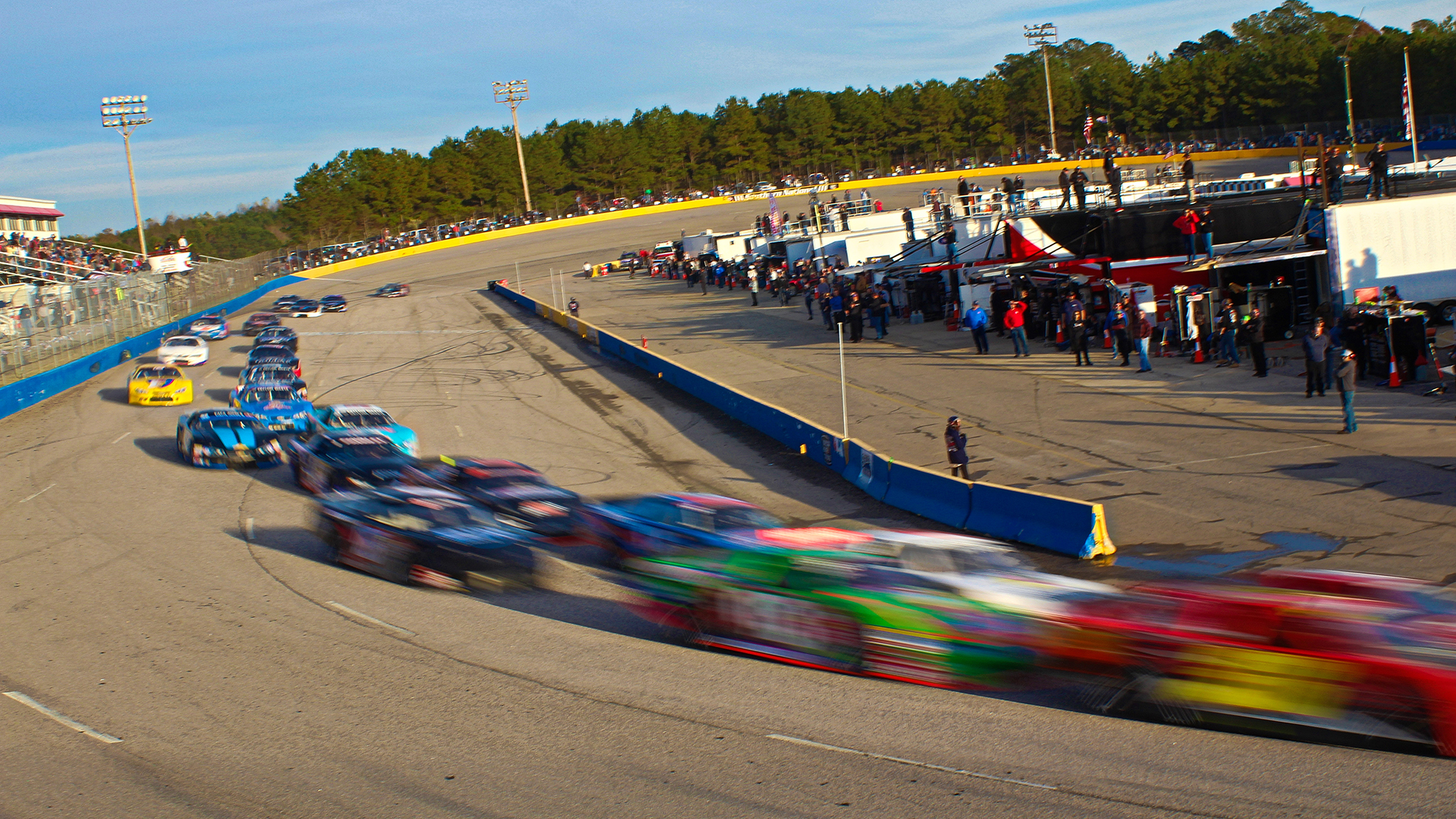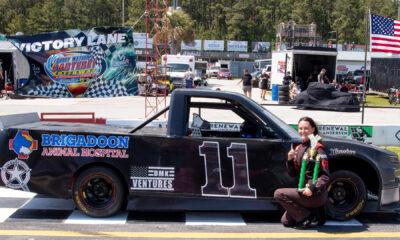
A racetrack has been open for decades. A new subdivision is built across the street. People who moved next to the track complain. The racetrack is foced to close. Tale as old as time.
Not in North Carolina, however. Not anymore.
The Tar Heel State has joined Iowa in moving to protect its multi-billion dollar motorsports industry, with the passage of House Bill 926. Governor Josh Stein has allowed the bill to become law.
Section 26 of the bill states, “A racing facility shall not be subject to any action brought by a surrounding property owner under any nuisance or taking cause of action if the developer of the racing facility obtained all permits required for construction of the racing facility and established a vested right in the development of the property or contiguous group of properties where the racing facility is located before the surrounding property owner either purchased the real property or constructed any building in the area of the racing facility.”
Wake County Speedway promoter Charlie Hansen, who heads up the North Carolina Short Track Coalition, praised the bill’s passage in a Facebook post on Wednesday.
“This is a blessing for North Carolina short tracks,” Hansen said. “North Carolina lawmakers and governors support racing in NC!”
The legislation was spearheaded by Representative Allen Chesser, who represents the 25th district in Eastern North Carolina.
This is not the first time North Carolina has advanced legislation that directly benefits short track racing. Funds from the American Rescue Act were appropriated by the state, under then Governor Roy Cooper, to go to reviving North Wilkesboro Speedway and Rockingham Speedway in 2022, with additional funds going to multiple NASCAR-sanctioned tracks for improvements and upgrades.
The full bill can be consumed in its entirety below.
PROTECT THE RIGHT TO RACE
SECTION 26.(a) Chapter 99E of the General Statutes is amended by adding a new article to read:
Article 10.
Racing Facility and Racetrack Nuisance Immunity.
Ҥ 99E-90. Racing facility nuisance immunity.
(a) For purposes of this Article, the following definitions apply:
(1) Area of the racing facility. – Within a 3-mile radius of the perimeter of the property or contiguous group of properties where a racing facility is located.
(2) Racing facility. – A designated area where competitive vehicle and motorsport races are conducted. The term includes the track, spectator areas, garages, and any associated grounds, buildings, or appurtenances used to operate the races.
(b) A racing facility shall not be subject to any action brought by a surrounding property owner under any nuisance or taking cause of action if the developer of the racing facility obtained all permits required for construction of the racing facility and established a vested right in the development of the property or contiguous group of properties where the racing facility is located before the surrounding property owner either purchased the real property or constructed any building in the area of the racing facility.”
Marquis comes from St. Charles, Maryland and has a widespread background in journalism, having covered politics in Washington and Maryland as well as nearly every form of auto racing, including NASCAR, IndyCar, AMA Motocross and IHRA Drag Racing. Now living near Emerald Isle, North Carolina, Marquis covers Late Model Stock Cars and Super Late Models in the Carolinas and Virginia.


Southern Super Series
Cole Butcher outduels Spencer Davis to win Gov Cup LX

Snowball Derby
Kyle Busch returning to Snowball Derby

Late Model Stock Cars
Lee Pulliam to race for JR Motorsports at Thanksgiving Classic

UARA National
Bill Bigley Memorial 128 bosts 50 driver entry list

NASCAR Whelen Modified Tour
Gary Putnam earns post-racing dream job, Tour director

Snowball Derby
Provisional Snowball Derby entry list revealed

Super Late Models
All American 400 features 32 national Super Late Model stars

Southern Super Series
Jake Garcia wins the World Crown 300

Super Late Models
ASA STARS releases 12-race 2026 schedule












